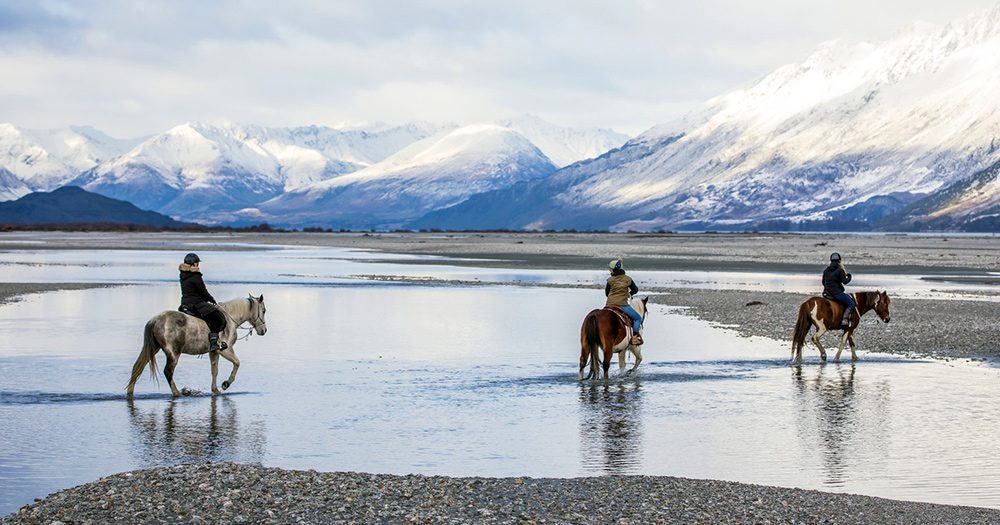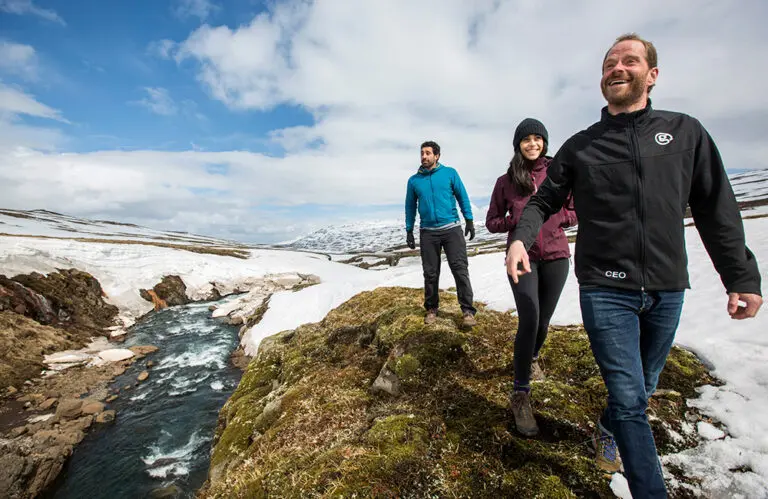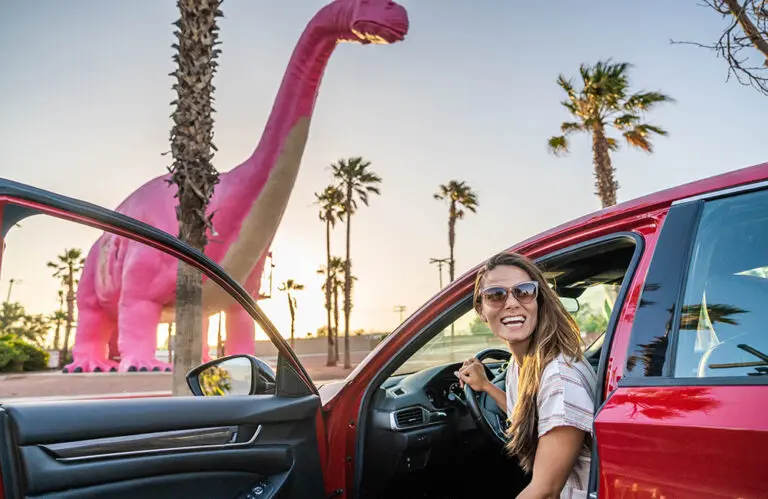In case you missed the news, the requirement for pre-arrival testing for travelling to Aotearoa ended on 21 June. So what’s it like travelling to New Zealand from Australia right now? Karryon founder Matt Leedham recently took a trip over to find out.
Now that borders are open again and pre-departure testing is history, there’s no better excuse to zip over the Tasman and reconnect with our Kiwi Whānau (family and tribe) again.
And why not? Travel is back in a major way, the snow and ski season is pumping and it’s still a quiet time to visit and experience all of the good stuff in light of the lack of slowly returning international tourists.
To seal the deal, airline capacity is increasing across the ditch, with Air New Zealand, Qantas, and Jetstar all expanding their schedules to meet demand and offer up New Zealand as an easy option for Australians to get out there and do something different.
I flew over from Coolangatta Airport on the Gold Coast to Auckland with Air New Zealand after connecting via Sydney and found the experience to be incredibly easy and hassle-free.
Here’s what you need to know.
Pre-flight
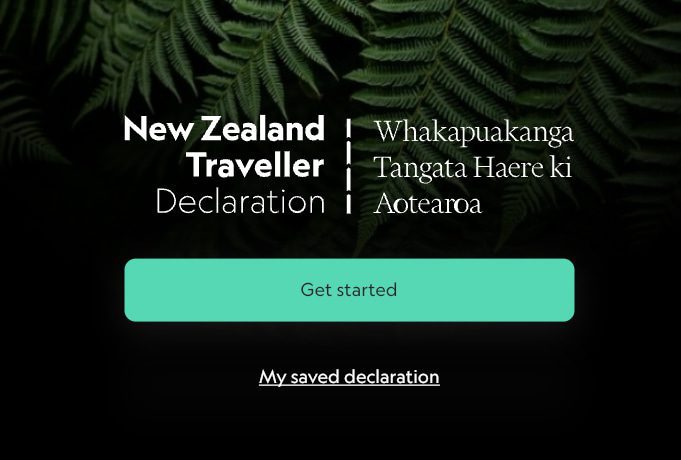
You must be fully vaccinated to travel to New Zealand (two shots) and all travellers need to fill out New Zealand’s traveller declaration before departing Australia.
Getting your online declaration is quick, free and easy and will take you around ten minutes max to complete. You will need your travel and passport details and vaccination certificate, which you’ll need to upload.
You will need one declaration completed for each traveller, including children (Note: children under 16 don’t need to be vaccinated).
You’ll also need to detail any countries you’ve visited within 14 days of travel.
Transit passengers do not need to complete a New Zealand Traveller Declaration and you can be in transit for up to 24 hours.
Here’s what it looks like. Yours won’t have a smiley face on the QR code.
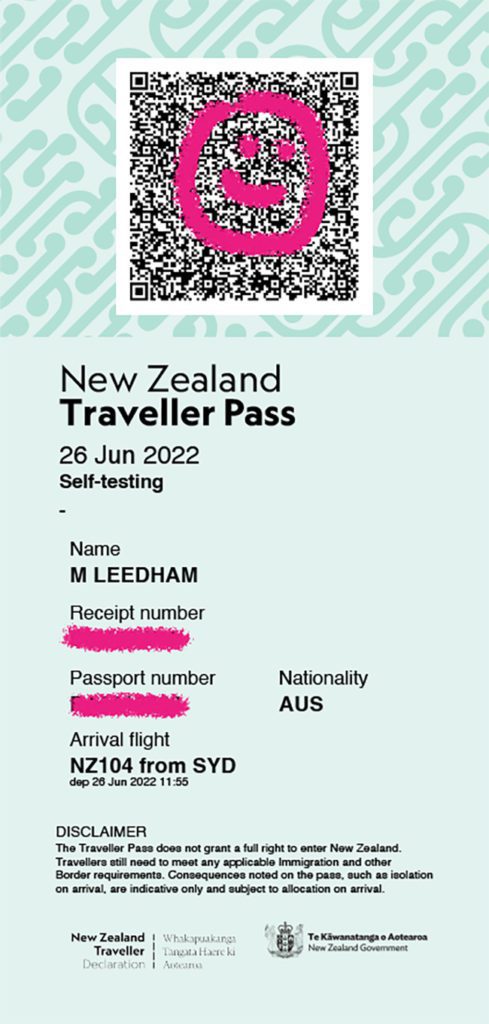
You can complete your (and your travel companions’) declaration 28 days out from travel, though I did mine the night before I left. You can also save your application progress in case you need to return to it, which is handy.
Once you’ve correctly filled in all of your details and submitted your application(s), you should be emailed a QR code and Traveller Pass instantly for each passenger as shown above.
Pro tip: Complete your declaration on your computer rather than your smartphone as much like the Australian government site – uploading your vaccination certificate on your phone can be a bit fiddly.
At the airport
At check-in, you’ll be asked to show your approved Traveller Pass and QR code and your vaccination certificate on your phone or via printouts along with your passport.
I always keep all these documents, along with my insurance policy, on my phone and in the cloud just in case.
Bear in mind that not having your declaration completed or your vaccination certificate will mean you won’t be allowed to board your flight.
On the flight
Nothing to report here apart from some delightful Air New Zealand service and stunning views and that masks are still required for the duration of the flight.
Australian airports have scrapped the mandate in terminals, but it’s still the law that anyone over the age of 12 must mask up onboard from Australia to New Zealand (unless you have a medical exemption).
It’s important to note that all Airports in New Zealand also still require you to mask up.
I’d suggest buying a pack of N95 masks rather than the free ones that are given out. Aside from being proven to be more effective, they are also more comfortable to fly in and don’t steam up your glasses if you wear them.
You’ll still need to fill out an old skool paper arrival form for each passenger, so best you do this on the plane before you land.
This form has no connection to your passenger declaration per se and is more related as it has always been to your customs declaration of what you are bringing into New Zealand.
Arriving in New Zealand
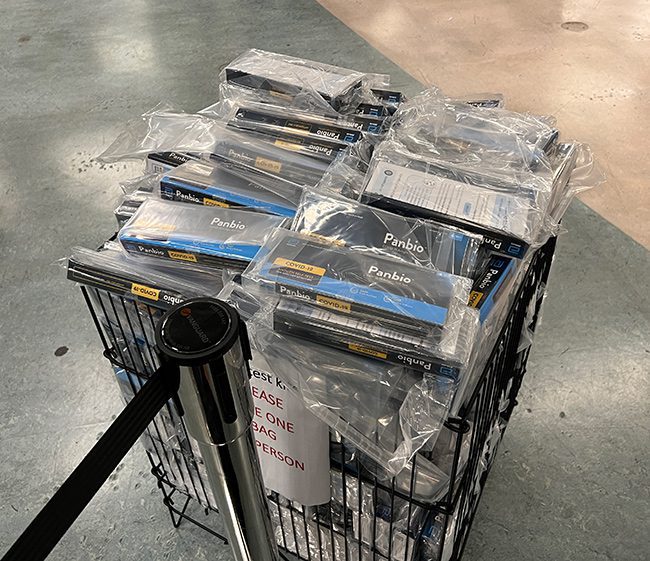
Once you land in New Zealand, if your Traveller Pass says ‘Self-testing’, ‘Quarantine-free travel’ or ‘Self-testing, check NZ citizenship’, it does not need to be checked by a Customs Officer and you can exit Customs via the eGates.
The eGates will automatically check the details of your Traveller Pass when your passport is scanned.
Once you’re through passport control, you’ll be able to pick up a box of four free rapid antigen test (RAT) tests per person (Yes, for free!). Inside you’ll find instructions on how to self-test and what to do afterwards.
The simple testing process is based on an honesty system whereby you self-test on the day you arrive (day zero) and then again on day 5. You don’t need to test at the airport when you land – just on the same day at some point.
To register your results, simply respond to the email you’ll receive from the NZ government on your first and fifth day of arrival.
It’s important to note that these emails will go to the same address as you used for your New Zealand passenger declaration, so make sure they don’t go into another folder or spam.
All you need to do is answer yes or no depending on your RAT result and that’s it. It’s an honesty-based system so there’s no need to upload any results.
You will, however, receive ongoing reminders if you fail to respond, so do the right thing.
All that’s left to do now is enjoy an incredible experience in New Zealand!
What happens if you get Covid-19?
If unfortunately, you do get COVID-19 on your trip, the official government advice is to report your result via email and self-isolate for 7-days.
If you’re staying in a hotel, be sure to ask them about their COVID-19 policy, as most offer services and solutions to help aid your stay in isolation.
New Zealand, like Australia, is currently experiencing high levels of infection due to the Winter months. To be safe and protect yourself and others, I’d strongly suggest wearing a mask in all indoor situations, socially distancing where possible and being mindful of others on your travels.
It’s important to recognise that New Zealand came out of restrictions much later than Australia, so the sentiment and emotion are still very raw and should be respected when you’re travelling around and especially when you interact with older people.
As always, travel with kindness and consideration for others and you’ll be assured of a terrific time.
For more, head to www.travellerdeclaration.govt.nz/arriving-in-new-zealand



